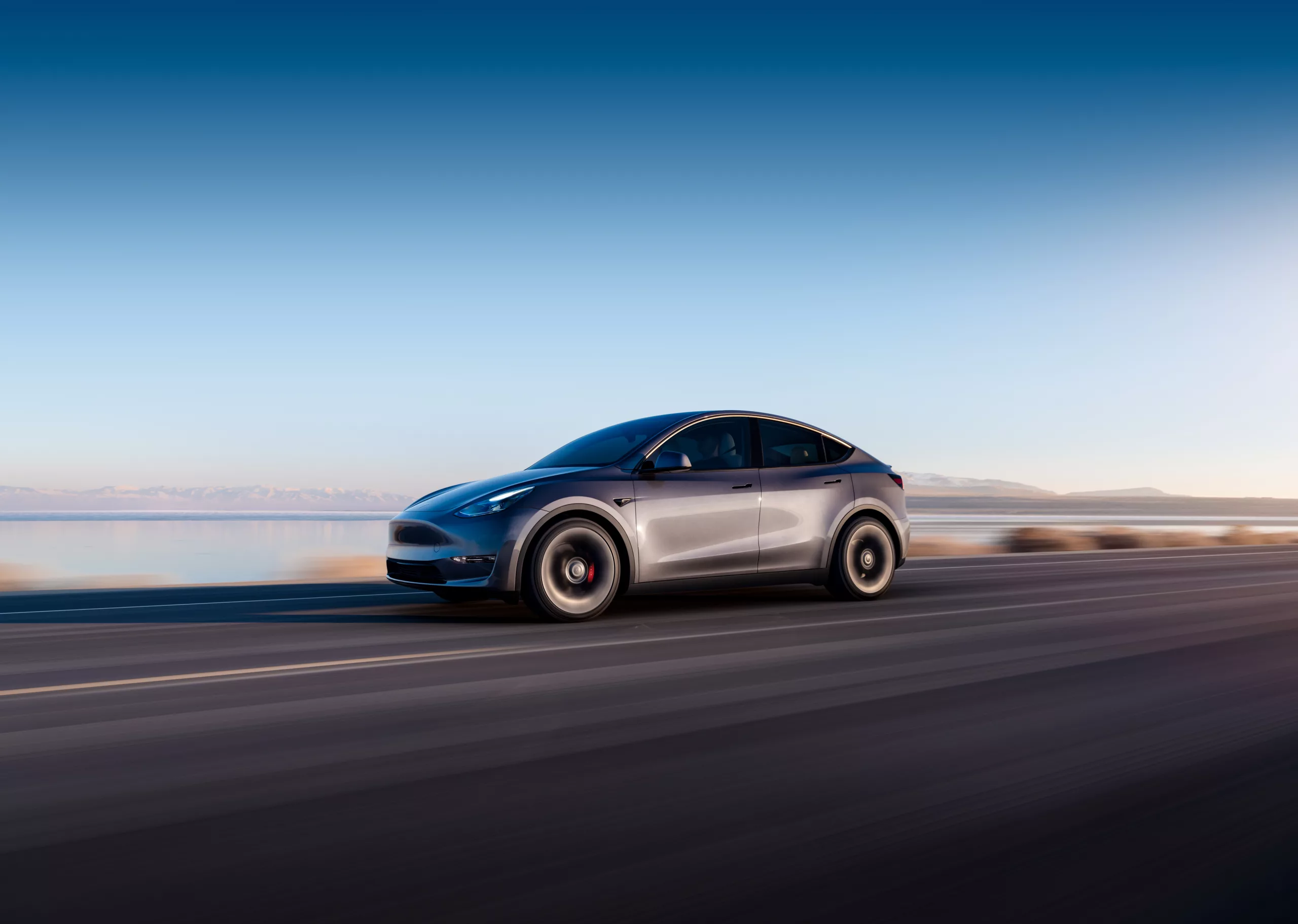Sweden’s Electric Vehicle Market Soars in September
In the realm of electric vehicles (EVs), Sweden is showcasing remarkable progress. September’s statistics revealed a stellar market share of 63.4% for plug-in EVs, a significant increase from the previous year’s 55.2%. Leading this charge were fully electric vehicles (BEVs), grabbing an exceptional 44.4% of the automotive market. The total automobile sales reached 28,130 units, mirroring a 28% year-over-year growth and aligning with the seasonal averages observed before 2020. Furthermore, the Tesla Model Y took the Swedish automobile market by storm, securing the top sales position for both September and the year to date, outpacing its competitors by a considerable margin.
Electric Vehicles Dominate the Growth Spurt
Breaking down the impressive 63.4% share, BEVs alone constituted 44.4%, while plug-in hybrids (PHEVs) accounted for 19.0%. This delineates a shift towards pure electrics, as PHEV sales maintained consistency without contributing to the year-on-year increase in share. BEVs experienced a substantial 61% growth in sales, reaching 12,500 units, while PHEVs also saw a rise with 5,337 units sold. The overall market growth owed much to BEVs, even as traditional petrol-only vehicles recorded a 21% rise from their previous low base.
Petrol-only vehicles declined in market share from 21.1% to 20.0%. When combined with other combustion powertrains, their total share fell to 27.7%, a drop from the previous year’s 31.9%, and diesel vehicles now barely hold a 7.6% share.
The Reign of the Tesla Model Y
In an impressive turnout, the Tesla Model Y was not just Sweden’s favorite EV but the best-selling vehicle overall in September, with a remarkable tally of 3,050 units sold. This nearly touched its March record of 3,202 units. In a distant second place was the Volkswagen ID.4, followed by the Volvo XC40 in third. The Model Y’s dominance is further emphasized by its yearly sales record, constituting nearly one in every fifteen cars sold in Sweden in the current year.
Sweden’s Automotive Landscape and Newcomers
While the standings were as expected, newcomers such as the Xpeng G9 made their debut. The G9, a luxury large-sized SUV, arrived with a promise of excellent performance, a generous 94 kWh battery, and rapid charging capabilities, positioning itself as a less expensive alternative to established competitors like the BMW iX.
Other debuts included the Mercedes EQT minibus, with a limited range and a premium price tag, and the Smart #1, an affordable compact SUV with potential in the Swedish market. Additionally, the BMW i5 made its entrance as a premium sedan with robust features and competitive pricing, aiming to shift the luxury segment further towards electrification.
Market Overview and Economic Context
The trailing three-month chart reflects Tesla’s lead with the Model Y, overshadowing the ID.4 and Skoda Enyaq. Premium-priced BEVs like the BMW i4 and Mercedes EQE are making their mark, indicating favorable terrain for newcomers seeking volume in Sweden’s premium-oriented market.
Despite market growth, the Swedish economy showed a slight downturn with a 1% GDP decline in Q2, high inflation, and an increase in interest rates. Industry insights suggest that company cars are the primary drive behind the surge in EV sales, with 66% of BEV sales in 2023 attributable to corporate purchases.
As the relevance of the previous plugin incentives diminishes, the coming months will unveil their impact on EV adoptions. Nevertheless, with the apparent total cost of ownership benefits of EVs, especially for strategic corporate buyers, there’s a promising outlook for sustained EV market resilience in Sweden, even amidst subsidy cuts.
Reflecting on Sweden’s Electric Transition
Sweden’s journey towards electric mobility is unfolding with noteworthy trends and consumer behavior patterns. What do these developments tell us about the future of EV adoption in Sweden and globally? How will the absence of subsidies affect the trajectory of electric vehicle growth? Join the conversation in the comments below and share your insights on Sweden’s transition to a more electrified automotive future.
